The Qualities of an Empowered Music Student
Wow, it’s been 6 years since Kathryn Finch and I originally wrote this! It’s amazing to think about how far this work has come in that time…a book…and podcast...what’s next?
For a long time, our focus was on engaging the learners and making sure students were “actively engaged” in music making in my classroom. But more recently, we have discovered that engagement is not enough. To make an impact and to optimize lifelong learning, we must empower music students. The best explanation for the differences between engaged students and empowered students came from Bill Ferriter.
Which brings us to the question, what does an empowered music student look like? We have identified six qualities of an empowered music student. This student:
- has a choice and a voice
- asks questions (and then finds the answers)
- is connected (to students and musicians inside and outside the classroom)
- creates as well as consumes
- owns the learning process
Keep reading for more details about the six qualities and what they can look like in the music classroom!
Empowered Music Students Have Choices
Maybe that starts with lesson plans. When planning, ask yourself, where can I offer more choice in this lesson? For example, in the elementary music room, students may learn to play classroom instruments with the proper technique by performing instruments during a sound story. Often, specific words and instruments are pre-determined. But do they need to be? Read the sound story to your students and let them decide how and when instrument sounds would be appropriate. The impact is big. Students love the chance to choose and often perform better when it’s their idea and creation. Once you feel comfortable offering more choice in a lesson, the next step is to lesson plan with students instead of planning for students. Take the plunge. Start a project in class and share that you aren’t positive about what the next steps are or how long this project will take. Ask for student feedback to plan future music classes.
Empowered Music Students Have a Voice
This could start with rehearsals. When an ensemble (classroom, choral, or instrumental) learns a piece of music, ask: How did we do? What did you notice? What areas should we work on next? This is a great way to make thinking visible. Ask students for the next steps. Ask them for suggestions. When appropriate, ask someone to begin the piece when the group is ready. Allow students to lead and offer feedback so the activity transforms from being done to them into something they can mold and shape with their own ideas. It doesn’t have to stop there. Sometimes questions come up in discussion or rehearsal. How do we handle that? Do we lead the class back to the main objective because we have a pacing guide and future plans already made? Or do we run down a rabbit hole with them because a genuine, authentic question was asked? When students have a voice in the classroom, they believe their thoughts and opinions truly matter. Teachers who give students voice believe this too.
Empowered Music Students Can Ask Questions
Typically, in education, the teacher asks the questions, and the students answer. What did you hear in that piece of music? Or, what symbol tells the musicians to get louder? Empowered learners can ask questions and then take it a step further to find the answers. In a music industry class, students could learn about various job opportunities by creating and managing their own bands. The students learn as they go what it takes to start a band and determine their next steps throughout this authentic process. No longer is the teacher the keeper of all information. Instead, the teacher must encourage students to ask questions and empower them to find the answers.
Empowered Music Students Create as Well as Consume
We all consume books, movies, YouTube videos, etc. but do we all find a balance of creating as well? This creation could be as simple as improvising rhythmic or melodic ideas, or more complex by writing song melodies or lyrics. It also invites students to use their voice, make choices, and ask questions as they work through the process of creating something musical. As music teachers, we know the value of having our students consume high-quality music, but we must also encourage them to create their own high-quality music. When we create, we invest and share a little of ourselves with the world. We learn to take ownership of our music making. We make decisions and learn to handle bumps in the road. Creating is not only an important skill in music, but it is also a valuable skill in life.
The Empowered Music Student is Connected
Music teachers know well the power of networking. It can be a lonely job with no one else in a school who teaches music. So, we network and learn from others near and far, in person and online. Why wouldn’t we want those opportunities for our students? We strive to be the best for our kids, but we can’t be experts on everything. Nor should we have to be. With a little work behind the scenes on social media, we can invite an expert into our room, in person or through FaceTime. With the help of technology, we can connect classrooms so students can learn from their own peers around the world. It’s a powerful tool we shouldn’t overlook. Connecting students to musicians outside of the classroom makes the experience more authentic, and therefore more meaningful.
The Empowered Music Student Owns the Learning Process
When students own their learning, it doesn’t mean they are given free-reign to do whatever they want. It means they are involved in the process and are charged to actively control their own learning. Students can tell you what they are learning and why it is important to them. Students have more questions they want to find answers to and have determined their own next steps in the process. They are engaged and excited about their own learning. Students are not waiting for the teacher to lead the process, they own the process and look to the teacher for guidance and support.
So, how do we as music teachers make a shift towards empowerment in the music classroom? Well, first things first. Remember that it’s a shift. It’s not something that happens overnight. Start by giving yourself permission to think about it. Then ask yourself, what am I controlling that my students could do for themselves? When we question why we do things, we see opportunities for change.

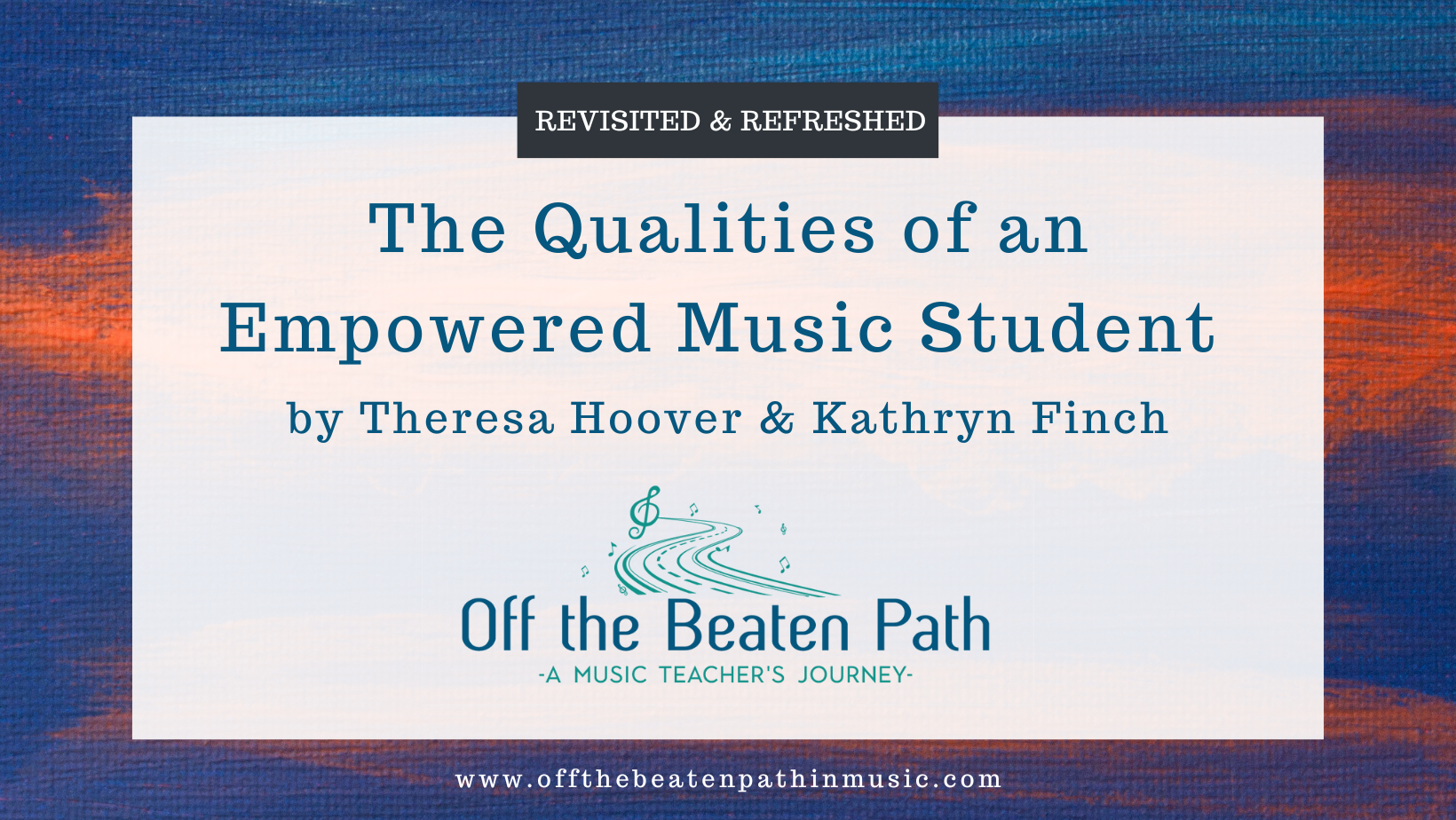
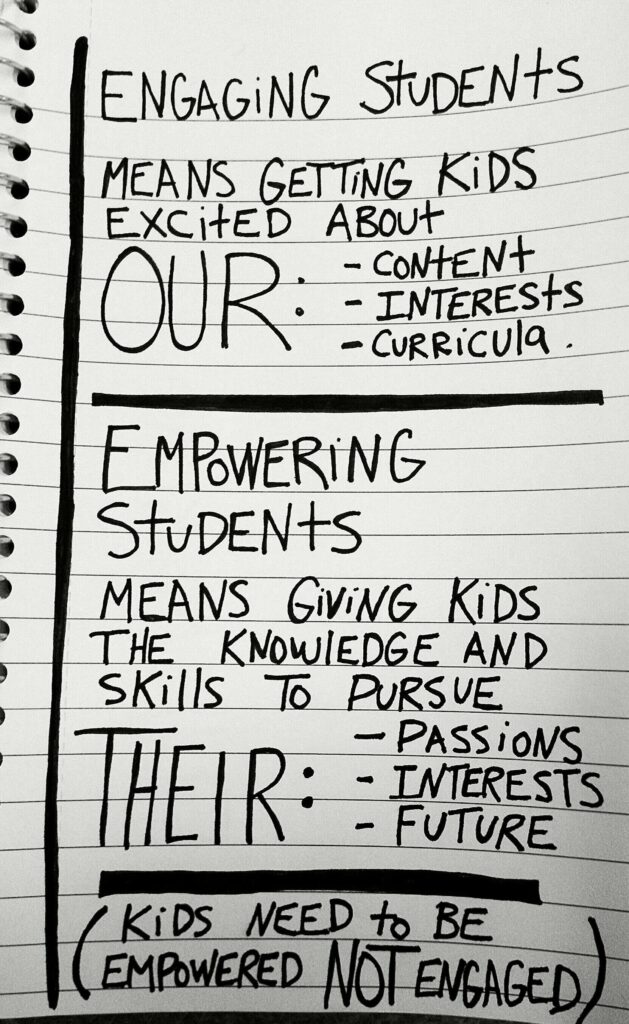
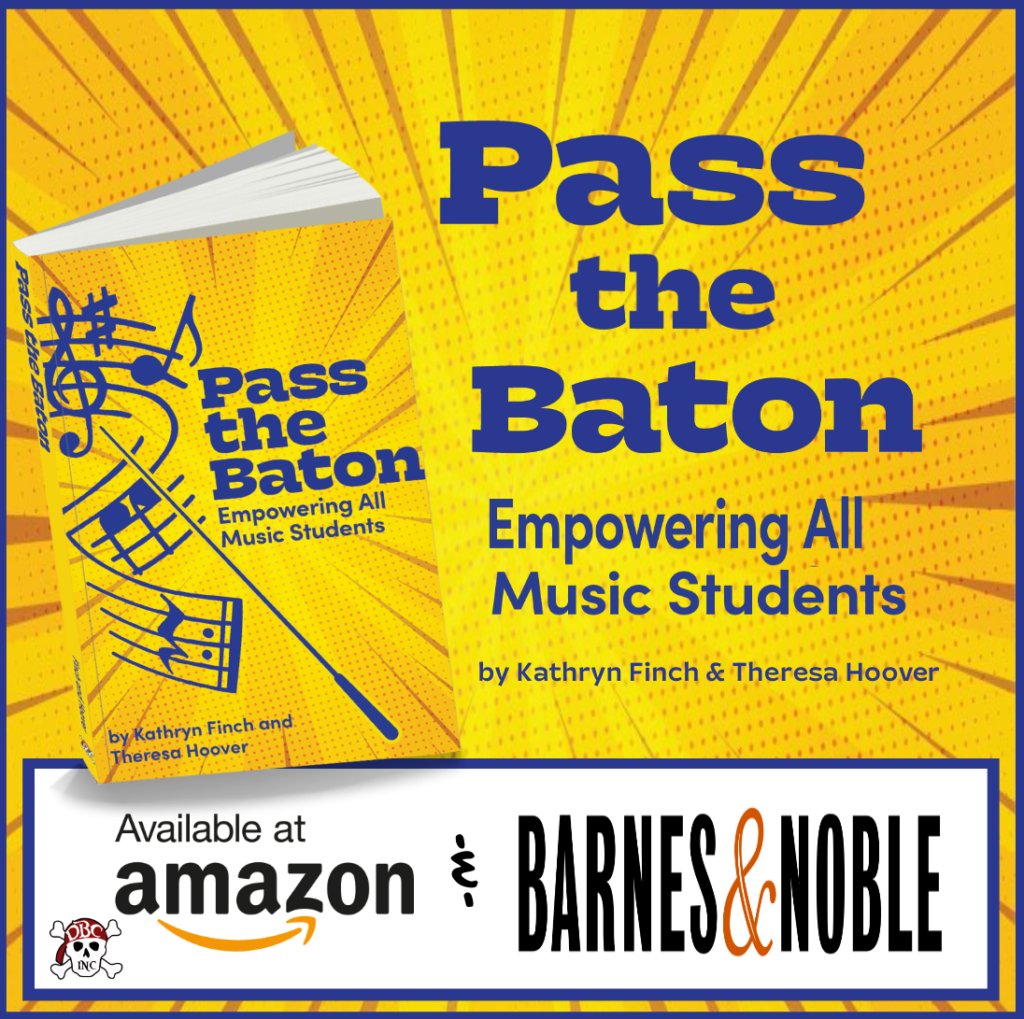
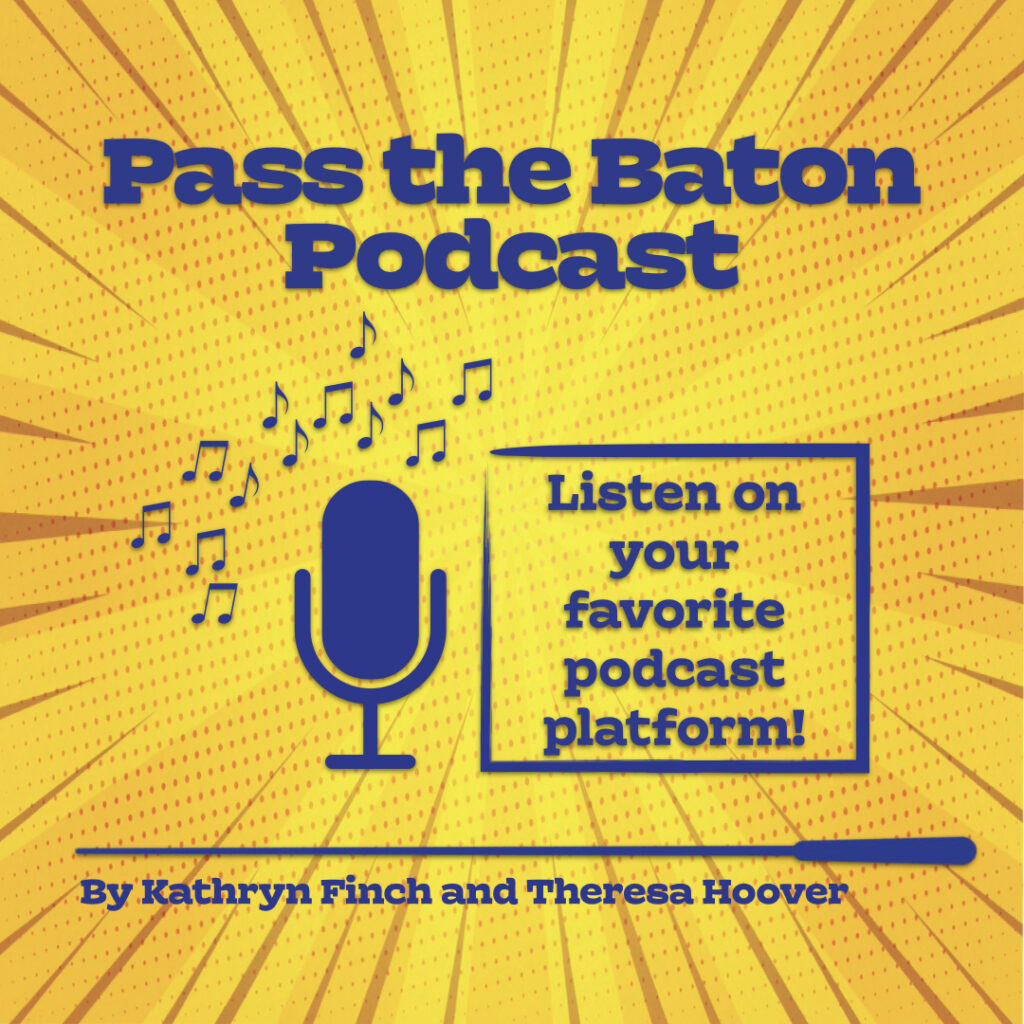

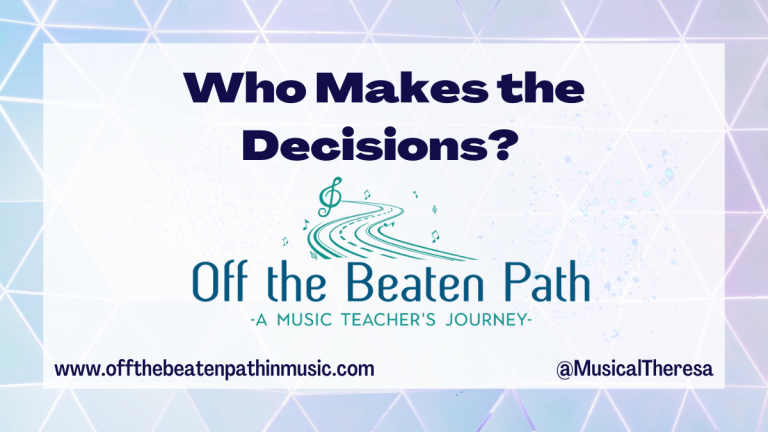

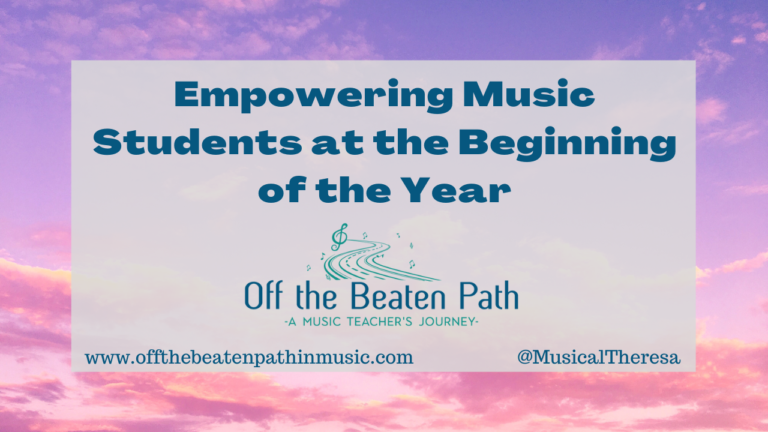
Thanks for dusting your thoughts. I appreciated how you broke out the elements and took each point from a music learner’s point of view. I was just tweeting about how I’m trying to fit elements of #LCInnovation into the framework of the school library and I was struggling tonight to process it all. I’m going to take your blog as a model and work it through from the library perspective. Thanks for modeling the learning!
Enjoyed the article! Good things to think about
Thank you!